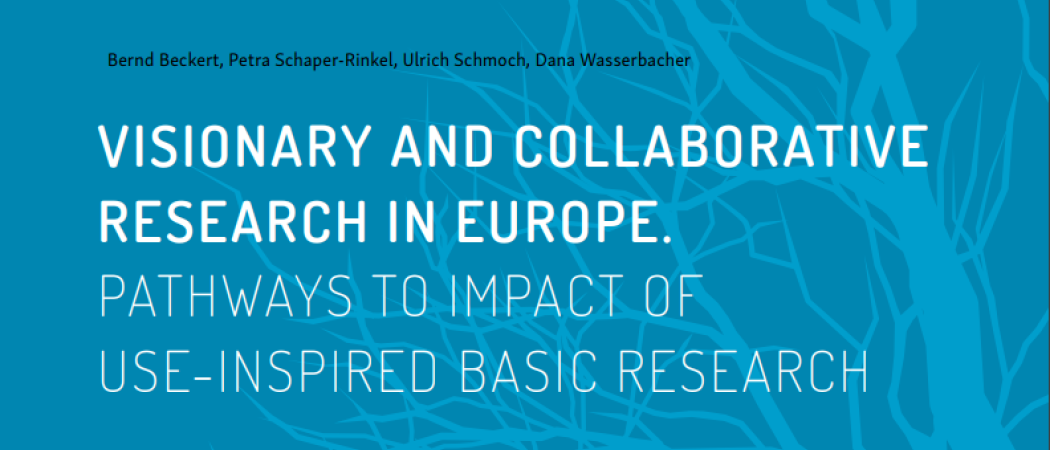Seven-year analysis of the Future and Emerging Technologies programme shows the projects it funded broke new ground and are on track to support potential breakthroughs

Eight out of ten EU-funded Future and Emerging Technologies’ (FET) projects generate radically new ideas, according to a study published this week, suggesting Brussels is better at funding potentially breakthrough research than is commonly acknowledged.
FET was created to fund research into long-shot technologies, in areas including quantum computing, robotics and brain : machine interfaces.
The study, by researchers at the Austrian Institute of Technology and Germany’s Fraunhofer Institute, looked at 224 FET projects completed in Framework Programme 7, between 2007 and 2014.
Among the signs of success the report highlights 4,063 publications, or an average of 18 per project, which the authors say, is a “quite high” scientific output.
FET projects triggered follow-up research in 86 per cent of cases and resulted in scientific awards in 29 per cent of cases.
Although there are no breakout commercial success stories yet, 12 per cent of FET projects led to the founding of a spin-off company, which the study says is “a remarkably high figure” compared to other public research funding programmes. In addition, one in four projects led to at least one patent application.
The assessment does not make any recommendations for the competition, other than to say that it should receive more money.
One problem flagged by the authors is that very low success rates for applicants, mean “excellent researchers are being discouraged from applying.”
FET will have funding of around €700 million between 2018 and 2020. It is likely to continue running into the 2020s and be part of Framework Programme 9, but may be re-named. Along with several other innovation programmes, FET is expected to be bundled under the new European Innovation Council.





 A unique international forum for public research organisations and companies to connect their external engagement with strategic interests around their R&D system.
A unique international forum for public research organisations and companies to connect their external engagement with strategic interests around their R&D system.